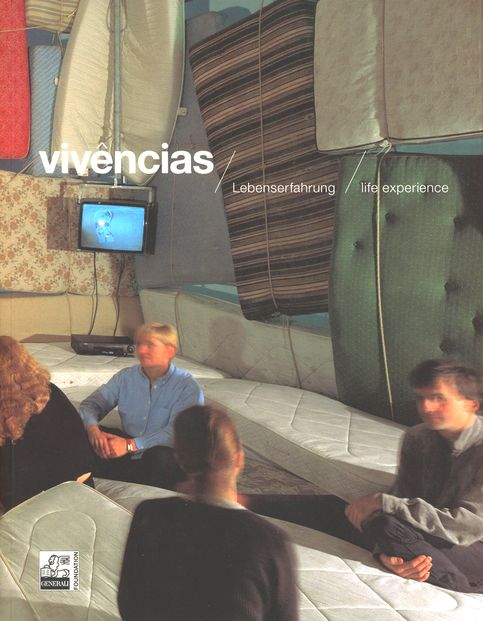
vivências
life experience
Publication to the exhibition from September to December 2000.
Ed. by Sabine Breitwieser. Preface by Dietrich Karner. Texts by Sabine Breitwieser, Guy Brett, Mari Carmen Ramírez and the artists Luis Camnitzer, Lygia Clark, Alberto Greco, David Lamelas, Lea Lublin, Ana Mendieta, Cildo Meireles, Marta Minujín, Hélio Oiticica.
Vivências, the title of this exhibition and publication, which was taken from the Portuguese attempts to convey within a single word the specific focus on art and life within the works of' Latin American artists in the 1960s and 1970s. These artists had an intense exchange with colleagues and art movements both in Europe and North America. During the sixties, however, after a period of assimilating the western metropolises' modernist perspectives on art, the center of attention began to shift towards an involvement with local living conditions. This was not the result of some folkloristic back-bend towards one's roots. lt was, rather, a bold new definition, mixed with aggression, but also with pleasure, of the artists' own cultures. lt then formed the driving force behind many of their artistic articulations in film, music, literature and the visual arts. The physical, tactile and visual participation of the public, a tendency towards collective forms of working as well as an involvement in political, social and ethnic questions were all characteristics of this new type of art. Now, materials came to be employed that were readily available and also cheap. At the same time, and relatively early by comparison with international standards, the then emerging electronic media were being used and reflected upon. All of this activity was aimed towards a democratization of the arts and its reintroduction into daily life. Artists were defining themselves as proposers, sometimes also as educators, and even as therapists. Some took over the role of ethnologist while others were even employing their artistic activities to expose political iniquities.
Yet how had could one enable the public to experience these artistic precepts, in some cases 20 or 30 years after the event, especially once they have been transplanted into a completely different social and political context? In this exhibition, visitors were encouraged to experience the works of art in an immediate physical way and through active participation. For this purpose, a series of large-scale works have been specially reconstructed and newly installed. These installations, therefore, were interactively utilized and moved beyond the musealization of art objects.
In this publication, the spatially extensive works are documented as they were installed by the artists themselves in the original context. There is also a selection of relevant texts written by the artists. The photographs of the exhibition not only spotlight the works themselves but, for some of them, represents the first comprehensive documentation ever undertaken. Taken together with articles from reknown authors and experts, the publication offers insight into the exceptional innovative work of Latin American artists and simultaneously awakens a critical consciousness of both reception and institution.